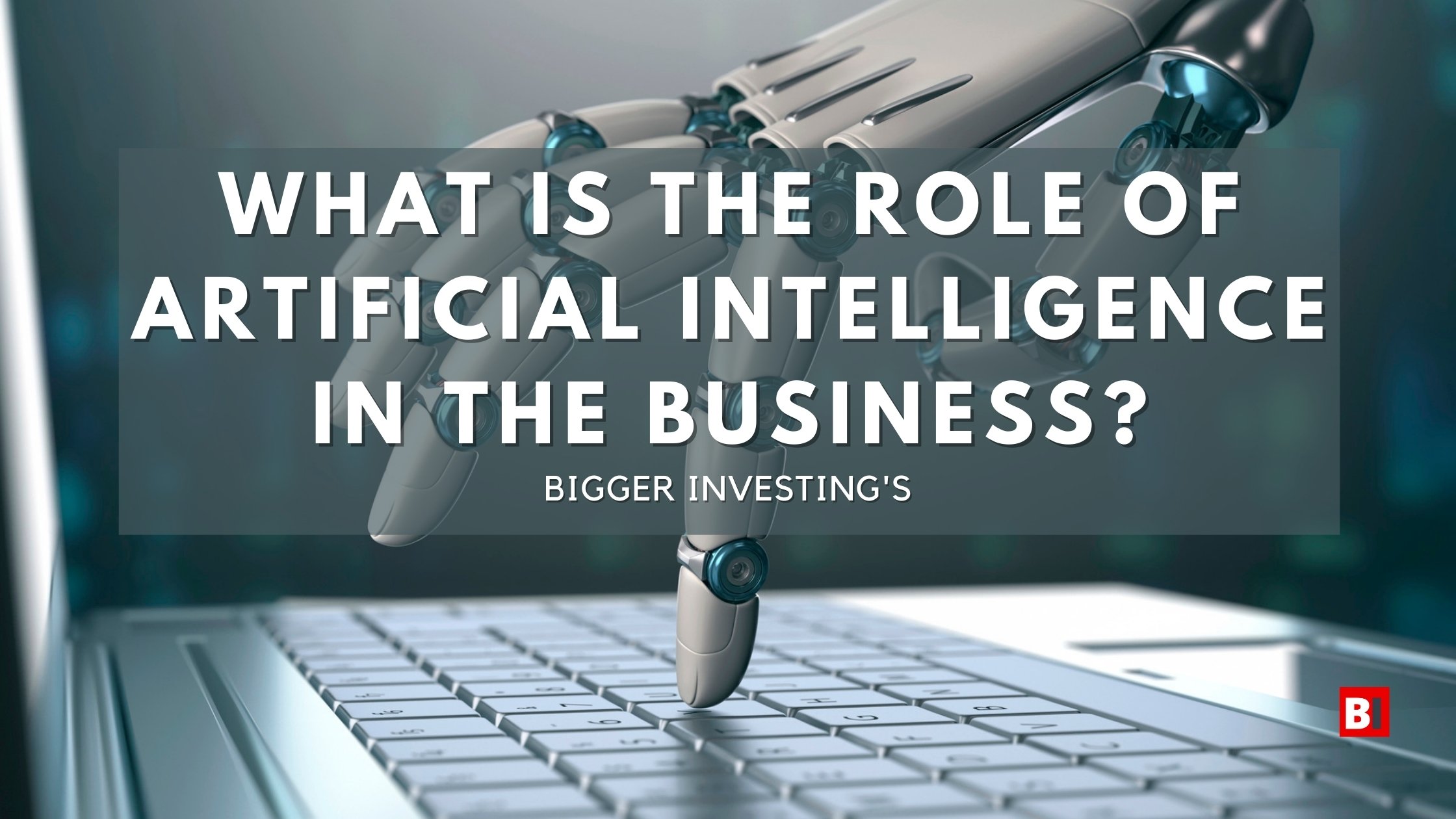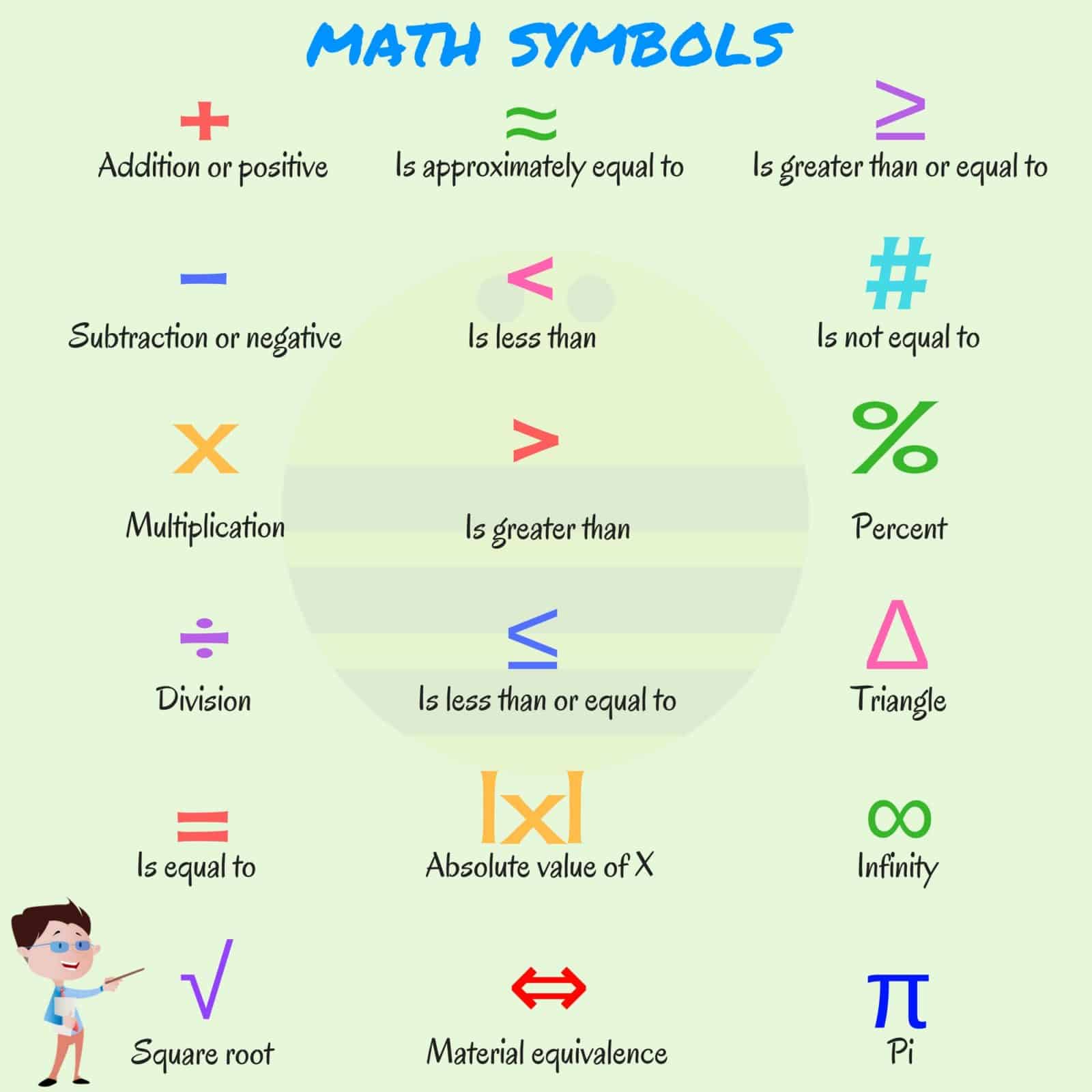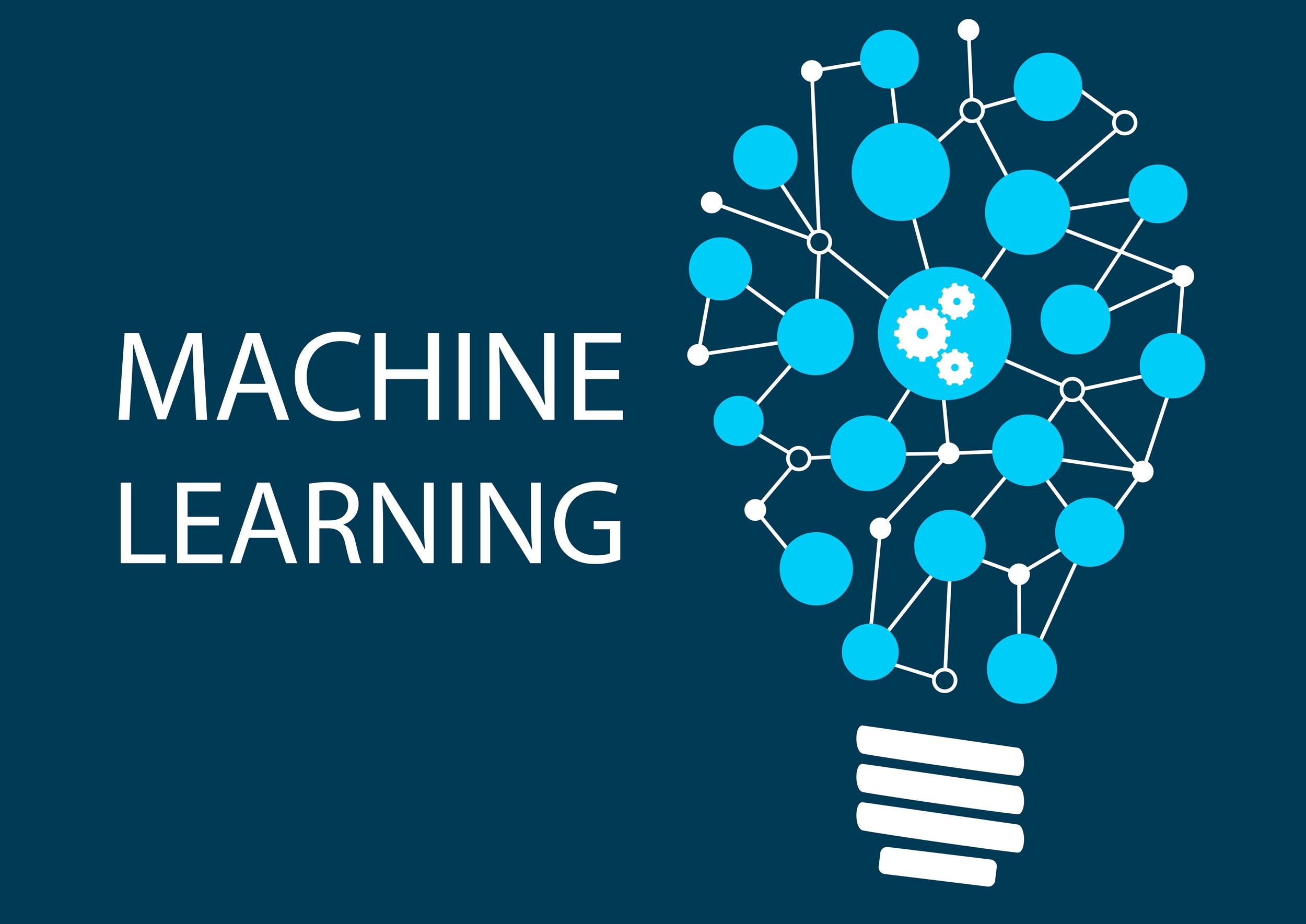A Once-in-a-Generation Investment Opportunity: Decoding the AI Growth Stock to Buy and Hold
As we stand on the precipice of technological revolution, the rapid advancements in Artificial Intelligence (AI) have ushered in a new era of innovation. The latest iteration of AI, which went viral more than a year ago, has begun to demonstrate its vast capabilities and potential impacts on the global economy. Among the myriad of benefits it promises, the most tangible so far have been the significant time and money savings afforded by its ability to automate tasks, both mundane and complex, thereby enhancing productivity across various sectors.
Understanding the Economic Shift
The integration of AI into business operations is not just a passing trend but a profound shift in the economic landscape. This transformation echoes my experiences at DBGM Consulting, Inc., where AI and process automation have redefined the approach to legacy infrastructure and cloud solutions. The impact is clear: automating time-consuming chores has not only optimized processes but also unlocked new avenues for innovation and growth.
The Time and Money Equation
One of the most compelling advantages of AI is its ability to streamline operations and reduce costs. For businesses, this translates to increased efficiency and competitiveness. A study by PwC estimates that AI could contribute up to $15.7 trillion to the global economy by 2030, with productivity and personalization enhancements being the primary drivers of this growth.
The Investment Perspective
From an investment standpoint, the AI sector represents a once-in-a-generation opportunity. The firm that stands at the forefront of this monumental shift not only promises remarkable returns but also offers a vision into the future of technology and business. In the context of long-term investment, identifying growth stocks within the AI sphere requires an understanding of the technology’s scalability, application diversity, and potential to disrupt traditional markets.
< >
>
Picking the Right AI Stock
Choosing the right AI stock involves scrutinizing the company’s innovation track record, R&D investment, and its commitment to ethical AI development. Sustainability and ethical considerations play a crucial role in ensuring the long-term viability of AI technologies. As an investor and technologist, my focus leans towards companies that prioritize these aspects while demonstrating clear growth potential and market leadership.
The Path Forward: Sustainable and Ethical AI Development
As we embrace AI’s potential, it’s imperative to advocate for ethical standards and sustainable development practices. The challenge lies not just in harnessing AI’s power but in doing so responsibly, ensuring that its benefits are equitably distributed across society. This approach aligns with my convictions on science, skepticism, and the quest for evidence-based solutions.
 >
>
Conclusion
The journey of AI from a niche technology to a core component of business and economic strategy marks a pivotal moment in history. The AI growth stock that encapsulates this transition presents a rare investment opportunity—buy now and hold forever principles apply more than ever. As we navigate this exciting phase of growth and innovation, the focus must remain on responsible and equitable development, ensuring AI serves as a force for good.
For more insights into the transformative power of AI and its ethical implications, revisit discussions on AI’s breakthrough in clean energy through photocatalysis and the role of digital forensic analysis in software development on my blog.
<
>
Focus Keyphrase: AI Growth Stock
 >
> >
> >
>